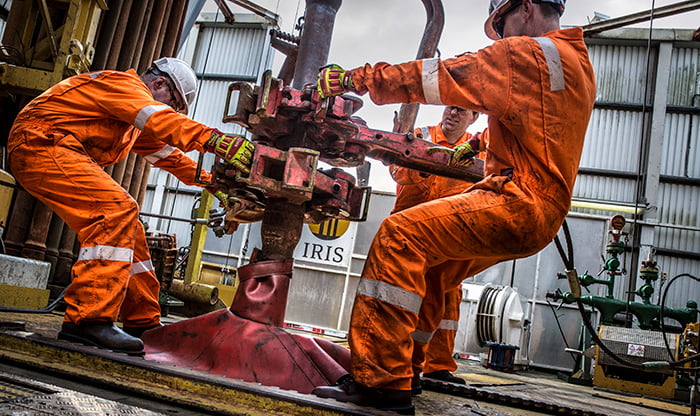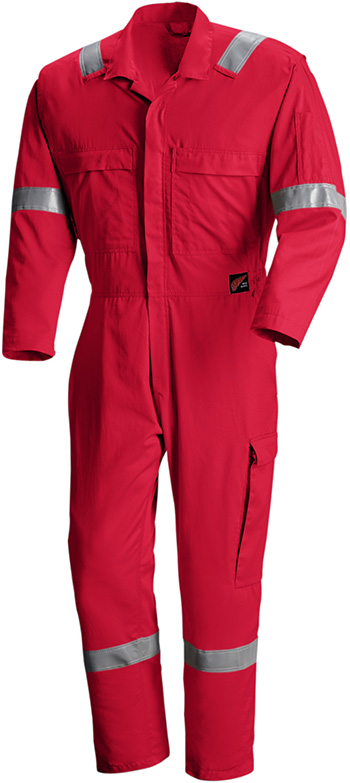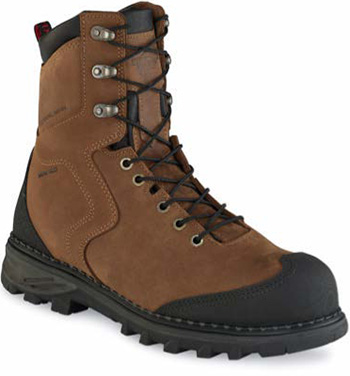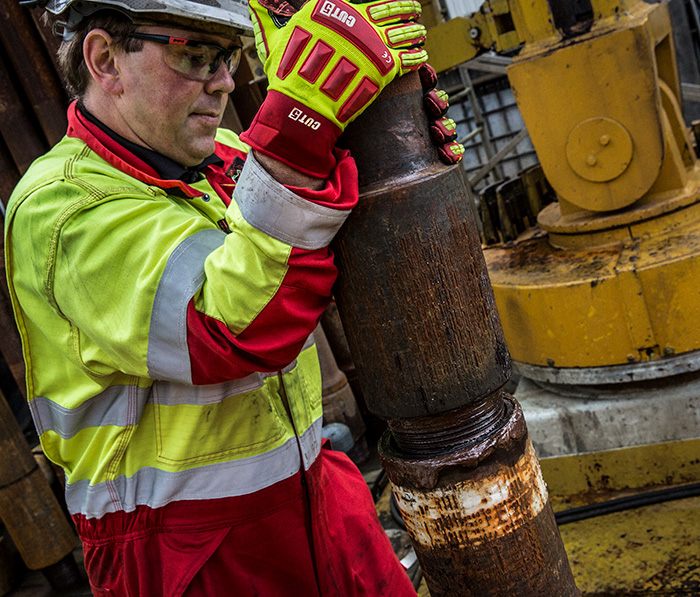
When educating workers on the importance of PPE, one of the biggest challenges is that they have gotten used to wearing lightweight, breathable sneakers and activewear in their free time. The impact of this habit is that even with thorough training, employees who have to wear specialized PPE for long, grueling hours might avoid properly wearing items they consider uncomfortable, which can put them in harm’s way.

To avoid employees using PPE incorrectly, PPE designers actively study on-site work practices and solicit feedback from workers across a variety of industries to stay ahead of their needs and preferences. As a result, they have been able to introduce products made with innovative lightweight materials that meet or exceed the safety standards achieved by their bulkier predecessors.
PPE solutions are only as strong as the weakest link, so it is important to look for quality products. Not all PPE products are created the same. PPE should continue to pass the standards even after the product passes third-party testing. Continuous testing ensures that no matter when the product was manufactured, it will continue to meet or exceed the standard.
Another thing to keep in mind is how users wear the PPE. If a worker does not wear their PPE the way it was intended or if they have the wrong fit, then the product will not perform the way it was designed, which can be dangerous. The proper fit is extremely important, which is why you should look for designers that offer products in a variety of sizes, widths and lengths to ensure workers get the most comfortable fit that will keep them safe.
PPE designers pay attention to several organizations, including American Society for Testing and Materials (ASTM), National Fire Protection Association (NFPA), International Organization for Standardization (ISO), Canadian Standards Association (CSA), Occupational Safety and Health Administration (OSHA) and the European International Standards Organization (EN ISO).

Safety standards generally change every three to five years, but some upcoming revisions that are on the horizon include a new ASTM F2413-18 standard, which requires all footwear certified under the old standard to now be re-certified and relabeled under the 2018 standard.
Another upcoming change is there are currently no governing standards on slip resistance, but the ASTM is looking at how they test for slip resistance and may implement different specification levels in the near future.
A safe, reliable pair of boots can help workers avoid potential injury and costly time off the job. A PPE’s top responsibility should be improving the overall safety of workers, so the footwear technology is purpose-built for the specific needs of each person who will be wearing the equipment, ensuring they have the necessary protective features without sacrificing comfort.


